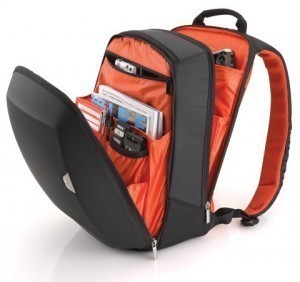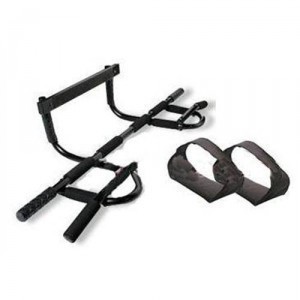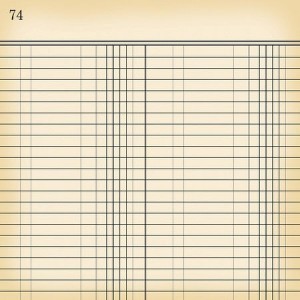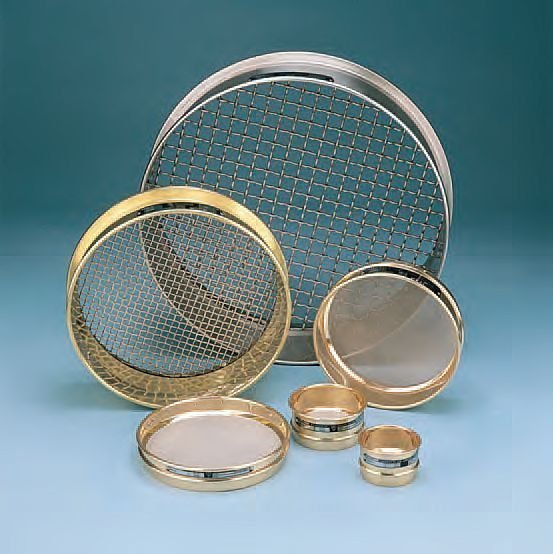Seam Ripper Dimensions
Aside from the needles, scissors and pincushio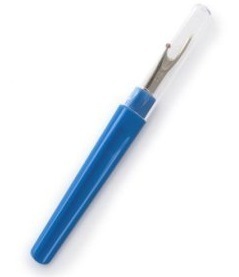 n, the seam ripper is another important sewing tool. It is also called by other names such as stitch unpicker or stitch ripper. The primary purpose of this small device is to unpick or remove stitches. It is comprised of three basic parts, namely the head, shaft and handle. One side of the forked head forms a small point, while the other side is the blade. In addition to these basic facts, it is also interesting to learn the different seam ripper dimensions.
n, the seam ripper is another important sewing tool. It is also called by other names such as stitch unpicker or stitch ripper. The primary purpose of this small device is to unpick or remove stitches. It is comprised of three basic parts, namely the head, shaft and handle. One side of the forked head forms a small point, while the other side is the blade. In addition to these basic facts, it is also interesting to learn the different seam ripper dimensions.
The Dimensions of a Seam Ripper
There are different sizes of seam rippers available, the average of which ranges from 2.75 inches to 6 inches. One example is the Singer Seam Ripper with Cover and Ball, the length of which measures 4 inches. Although rippers have odd designs, they are less likely to damage fabrics. The sharp point is very important, specifically for removing the stitches. This product is very affordable.
Additional Facts and Other Interesting Details
In terms of appearance, a seam ripper contains two points, the shorter one of which is protected while the longer one is sharp. While the primary purpose of the sharp end is to cut through stitches cleanly, the other point is protected in order not to rip and penetrate the fabric. This is designed for picking out single threads without cutting the fabric where the threads are attached.
To preserve the efficiency and life of this important sewing tool, proper care and maintenance is necessary. For instance, cleaning it regularly can prevent stains and rust from developing on the surface of the metal. When not in use, damages and injuries can be prevented by covering it properly. Although the average size of seam rippers is from 2.75 inches to 6 inches, it is possible to have bigger variants, which are designed to cut through relatively heavy threads.
When it comes to price, this tool is not that expensive. In case of damage or dullness, it is best to replace it right away to eliminate the possibility of damaging the fabric. Aside from having different sizes, this tool is also available in various styles of handle and colors. In terms of design, most seam rippers come with covers. Meanwhile, certain variants are created just like a pocketknife, which can actually slide in or out of a casing.
In addition to the standard form of seam rippers, some products come with extra features, one of which is a blade designed to cut buttonholes. With the help of its sharp end, a ripper can also be used to perform other tasks like removing snaps and cutting off buttons.

